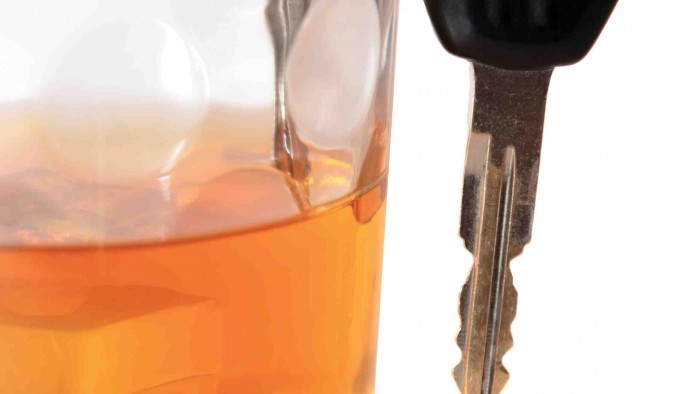 Social Sciences
Social Sciences
Drink and Drive? Consider the Cost-Benefit Analysis

In 2013, the National Transportation Safety Board recommended that states drop the legal limit from 0.08 blood-alcohol content to 0.05. The NTSB believes that lowering the threshold for drunk driving will reduce fatalities.
But Ben Hansen, an assistant professor of economics at the UO, says the federal board can get more mileage, so to speak, by creating clearly articulated, progressively stronger punishments tied to levels of alcohol impairment. This would mirror the way that fines for speeding are more punitive for those driving faster (e.g., if you exceed the speed limit by twenty miles per hour, you’ll pay a steeper fine than if you are five miles per hour over the limit).
Yet progressively severe fines and jail sentences for drunk driving would not be enough on their own: The new punishments would have to be publicized far and wide so that potential offenders would be clear about the consequences. That’s because drunk drivers who get caught have been shown to make a cost-benefit analysis that prevents many of them from getting behind the wheel again and risking more severe punishment.
Hansen approaches the drunk-driving issue not from a sociological viewpoint, but an economic one, as befits his academic field: He studies factors that influence adolescent and adult risky behavior such as crime. All decision-making, at heart, is a weighing of costs and benefits, he notes.
Hansen, who also studies punishments meted out by the Oregon Youth Authority, is fascinated by crime because he can probe large data sets for decisions and outcomes that are causal, not correlational, in nature. Economists need causal relationships to make accurate projections.
Drunk drivers present a rich vein for investigation, because Hansen can quickly break them out into two groups that are essentially identical—those with blood alcohol levels just over the legal limit (say, 0.081), and those just under it (say, 0.079). The latter population provides Hansen with a ready-made control group and a way to measure the causal relationship between punishment and future behavior.
In a review of more than 500,000 DUI stops by police in Washington state between 1999 and 2007, Hansen found that drivers who were just over the legal limit were 17 percent less likely to reoffend than those just under it. In other words, a significant proportion of the first group—which suffered the consequences for breaking the law—got smart and decided that the cost of another DUI was too high.
This supports a fundamental economic theory proposed by American economist Gary Stanley Becker: Criminals are rational, assessing the costs and benefits of a future action and deciding accordingly.
In Washington and most states, there is also a little-known second threshold for severely impaired drivers—0.15—that carries even stiffer penalties; Hansen found that drivers just over this threshold were nine percent less likely to reoffend than those just under it.
But why is the aversion to reoffending relatively low in this instance? Based on the data cited above, wouldn’t we expect that those receiving more severe punishment would be even more averse to future consequences?
The number is lower because this group faces lower costs, said Hansen. Drivers with blood alcohol content (BAC) just over 0.08 experience two types of costs avoided by drivers just under the threshold: the pain of the punishment and the threat of worse punishment for another offense.
But drivers with BAC just over 0.15 experience only one additional cost, compared to those just under this threshold: the pain of an especially hard punishment. In the future, this group will face the same punishment as those just under the 0.15 threshold (which was punished, but less severely).
In Hansen’s view, this points to an economic concept called “bounded rationality”—the idea that our ability to make rational decisions is limited by the amount of information we can collect. Drivers penalized harshly for being severely impaired often lack accurate information on the actual penalties for another offense—their information sources could be as diverse, and flawed, as word-of-mouth, Facebook or TV programs. As a result, they do not have a complete data set that allows them to do an informed cost-benefit risk analysis.
A simple, uniform, easy-to-understand system of incremental punishments—one that spells out the level of fines, jail sentencing or both for specific levels of impairment—would be an important first step for public safety, Hansen said. But making sure that the information is conveyed broadly, in an equally systematic manner, would be just as key, he added.
“Publicity and simplicity are the things that really matter for actually having laws that serve as deterrents,” Hansen said.
—Matt Cooper


 Twitter
Twitter Facebook
Facebook Forward
Forward